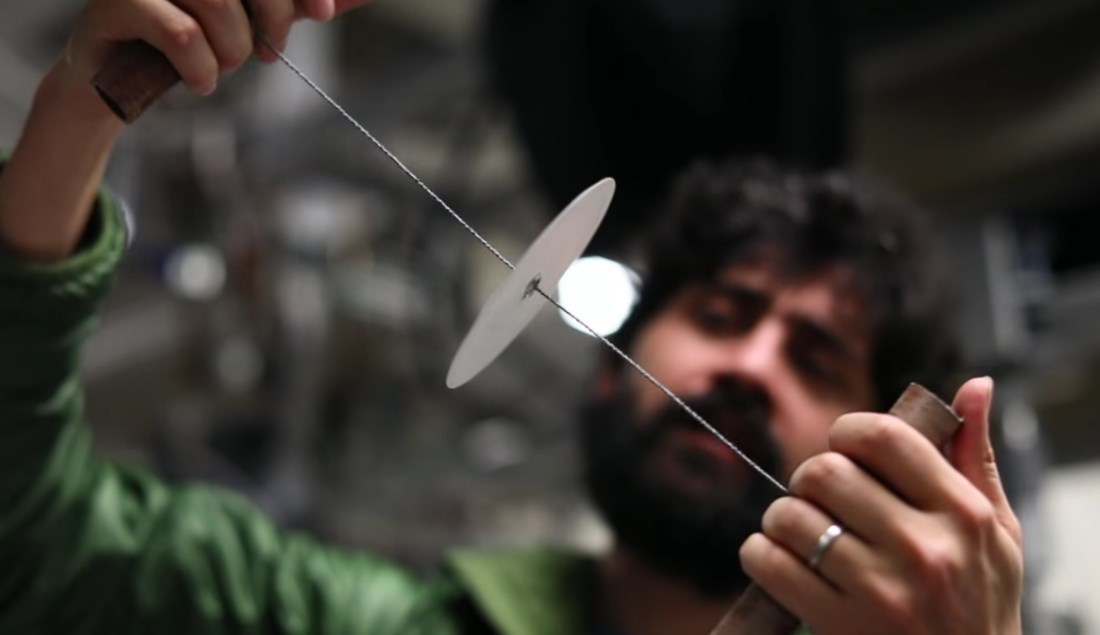New $0.2 Centrifuge To Replace $1000 Worth Clinical Equipment

Centrifuges are the cornerstone of clinical labs to diagnosing diseases, but unfortunately they cost upwards of thousands of dollars and require electricity, making them useless in remote locations. However, a simple centuries old toy could be the answer to separating blood and plasma.
Invented (or you could say discovered/repurposed) by Stanford scientists which includes Manu Prakash (who earlier also worked on the paper microscope: Foldscope). The handheld centrifuge works on the centuries old spinning toy involving a disk with two central holes and a string. The principal of whirligig depends to winding and unwinding of a wire that in-turn spins the disc. The spinning disk helps in converting the potential energy to further winding the wire.
Manu Prakash and his team began working in remote locations and felt the need for a low cost electric free centrifuge to diagnose diseases. Current centrifuges are bulky and operate on electricity, something that’s not readily available in many parts of remote Africa. Hence the team began looking for alternatives to centrifuges and collected all sorts of spinning toys and kitchen utensils and analyzing them under a high speed camera. The whirligig analysis showed that it spun around 10,000 rpm’s per minute, enough to separate plasma from blood.
The team further improved the design of the whirligig by studying the equations that control the spin and coming to an ideal string and disk size. Guinness book of records has recorded a handheld centrifuge doing 125,000 rpm’s per minute. The final product from the Stanford researchers is able to achieve 20,000 rpm’s with two blood sample tubes, separating blood from plasma in 1.5 mins and malaria parasites in 15 mins, much better than desktop centrifuges.
Source: Nature Biomedical doi:10.1038/nature.2017.21273
Source: Nature Biomedical Engineering


